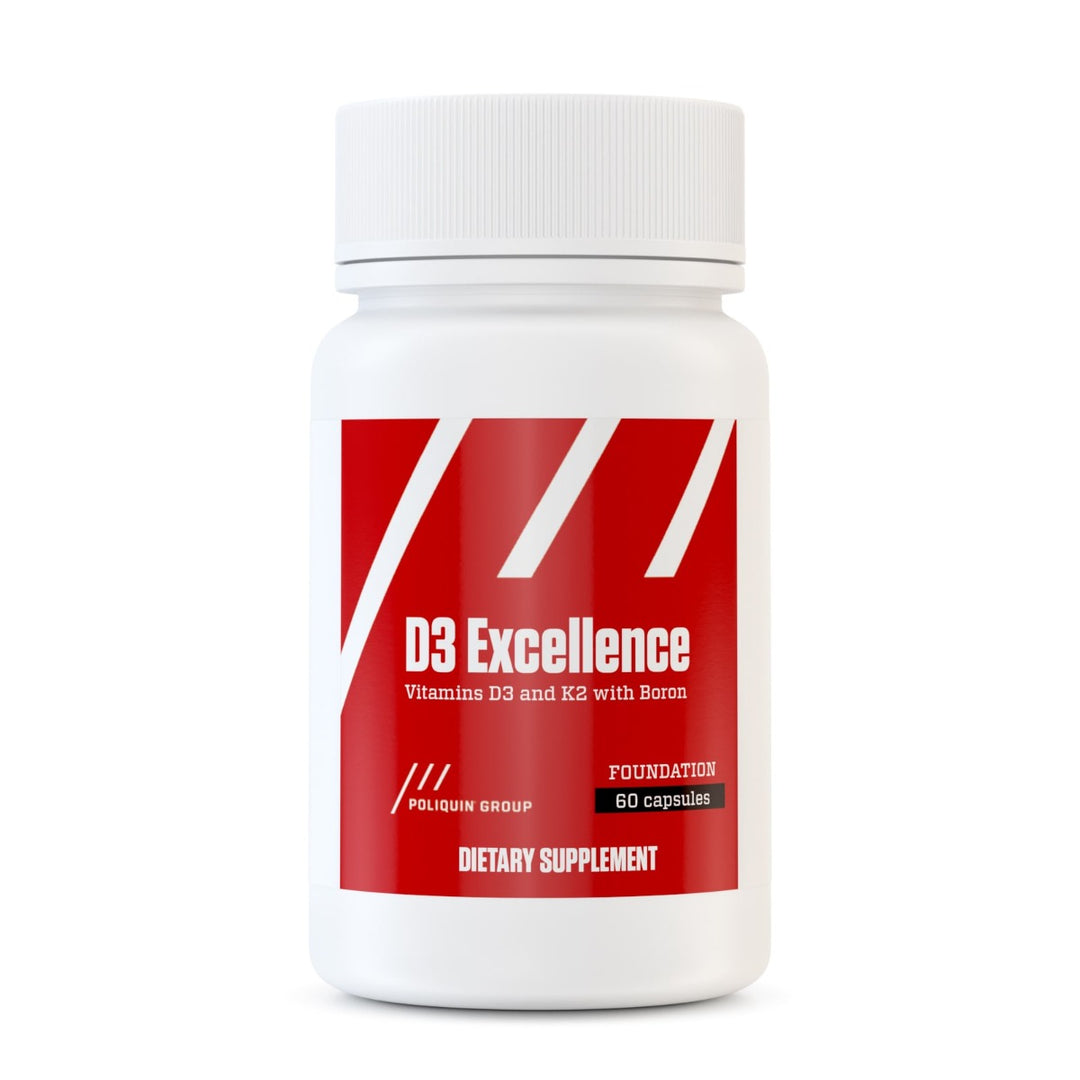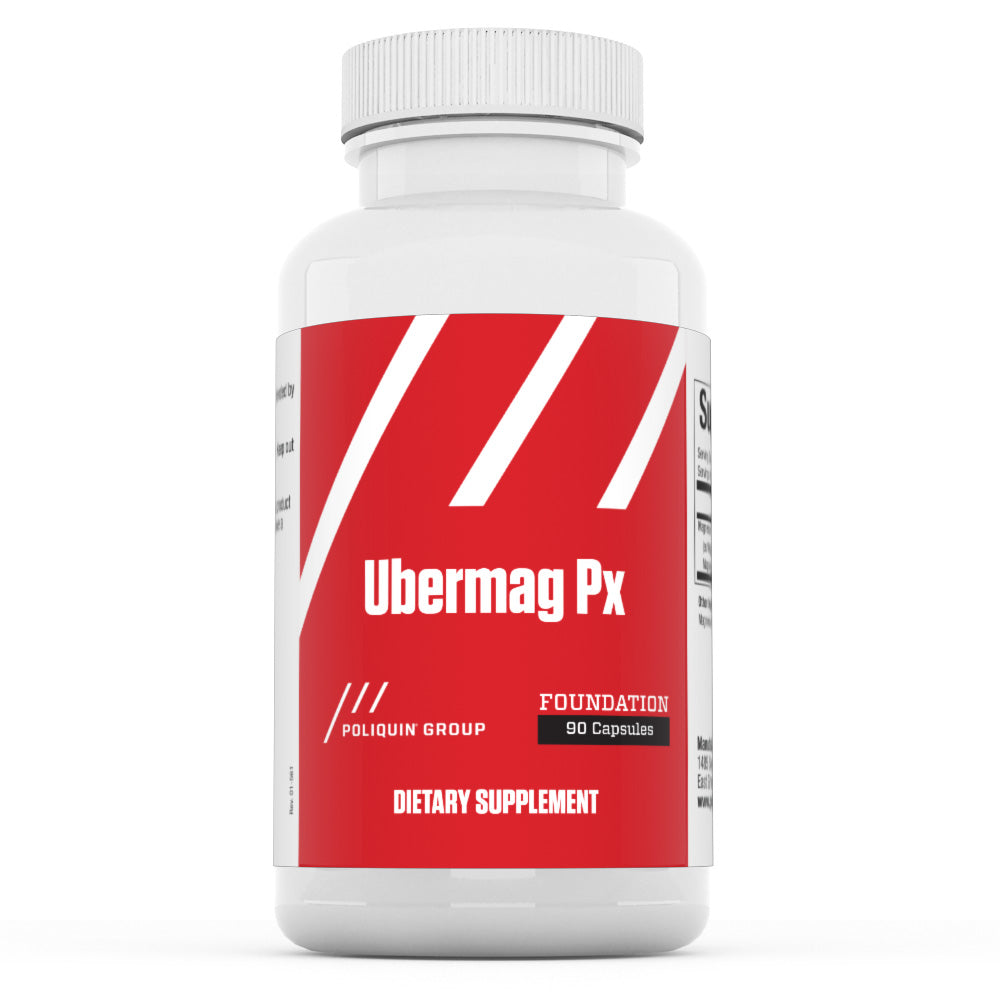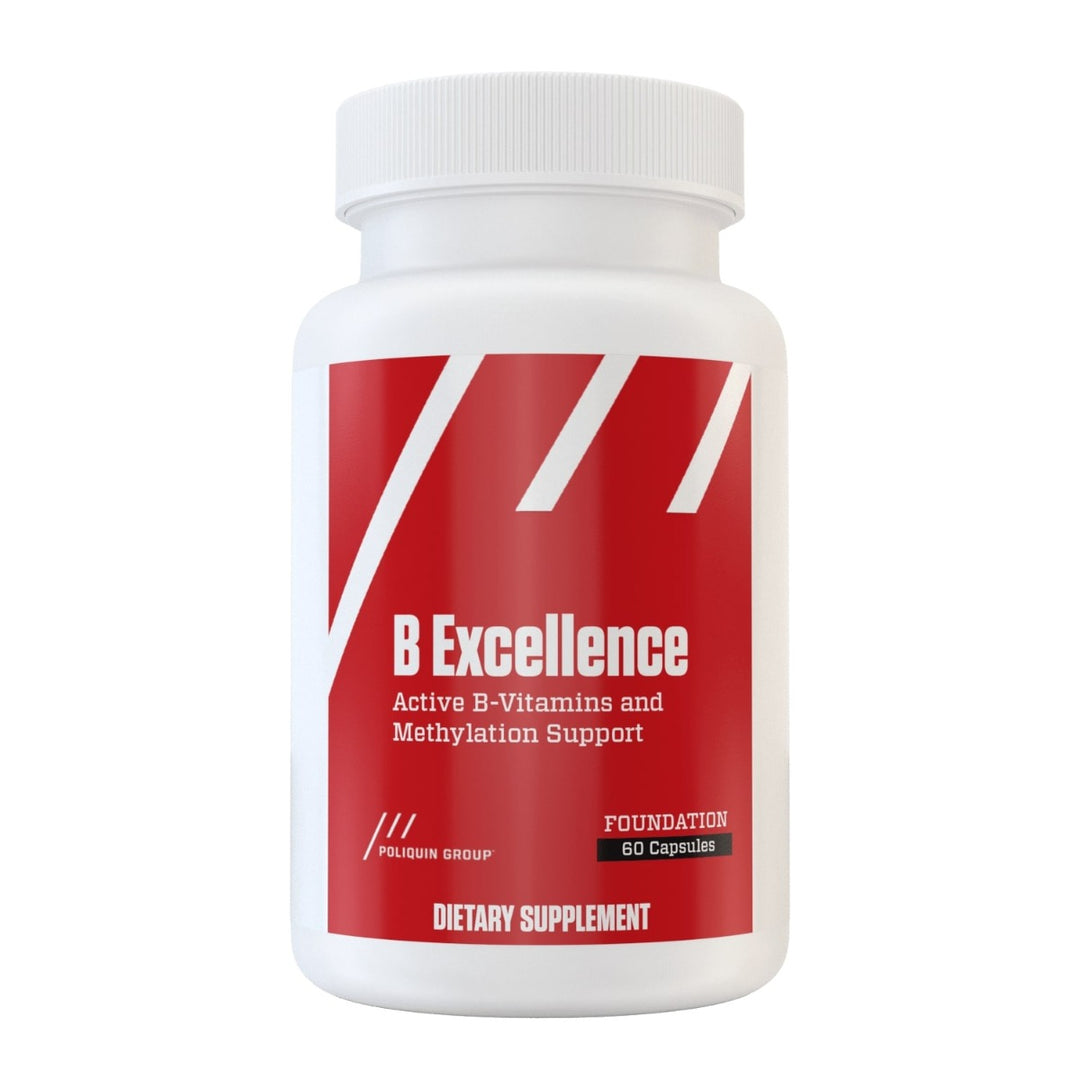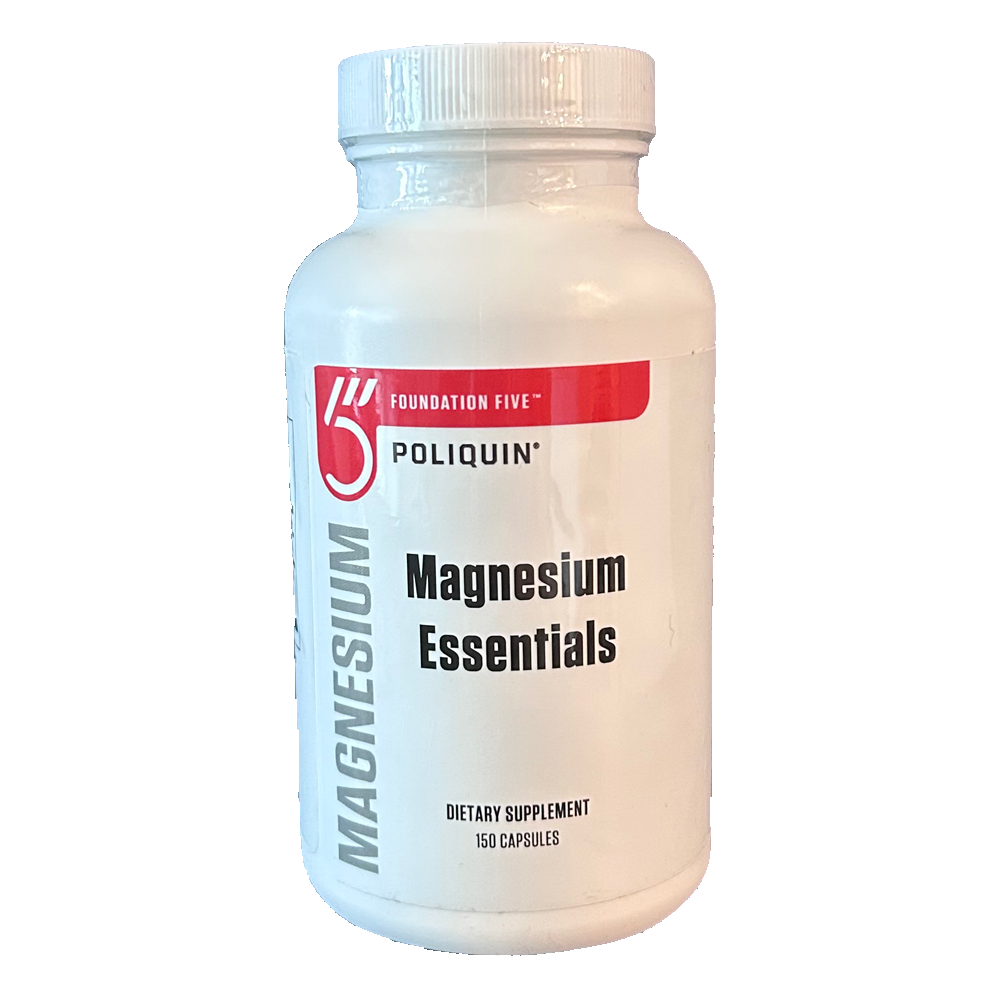Maximize Bone Health Benefits With Strength Training For Lower Fracture Risk
Maximizing bone strength is a top priority for young athletes and aging adults alike. Stronger healthier bones for athletes translate to lower fracture risk and faster recovery when an injury does occur.
For older adults, bone health is of primary importance since bones naturally break down as the years go by, leading to osteoporosis and reduced mobility.
Strength training is arguably the best activity you can do to improve bond strength and reduce fracture risk. Although all types of resistance training, including weights, elastic bands, kettlebells, suspension exercises, and machines can have positive effects on bone health, research shows that optimal bone health comes from a very specific type of training: Heavy lifting that loads the spine with exercises such as squats, deadlifts, and overhead presses.
A case study done on two female senior powerlifters highlights the profound protective effect of this type of strength training on bone health: One woman was a 48-year-old powerlifter whose primary lifts were the squat, bench press, and deadlift. She typically performed 70 percent of her training lifts near the maximum weight possible.
The second woman was 54 years old and also primarily trained the traditional powerlifts of squat, deadlift, and bench press, with approximately 75 percent of her lifts near maximal. Both participants had been lifting for over 30 years.
Bone scans showed that both women had bone mineral density that was significantly higher than norms for gender and age. Not only were the women’s bone density scores well above average, but they were also far above the average for women ages 20 to 29 who are considered to be at the peak of bone mineral density.
Researchers call the findings “vital” for both women and men, noting that duration and training intensity are the key to building bone. Training loads were consistently above the women’s bodyweight, and they trained consistently for over 30 years.
For youth athletes, this means the time to start banking bone is NOW. It’s safe to start resistance training in elementary school with light loads and higher reps so that youth will lay the ground work for heavier lifting once they reach high school.
Older adults should learn technique and develop baseline strength by training whole body lifts that load the spine. Full range of motion training should make up the majority of training, but with proper coaching, super heavy partial lifting with spine loading exercises will maximize bone strength. For example, one study found that a partial squat that only went to about 65 degrees of flexion (about 2/3 of the way to parallel) at a load of 120 percent of maximal produced a greater bone building effect than full-range training with lighter loads.
Other worthwhile bone building exercises include weight bearing exercises that incorporate pounding, such as running, stair climbing, or jumping. Wearing a weighted vest when doing aerobic activity is another strategy that will load the spine and have a bone building effect.











